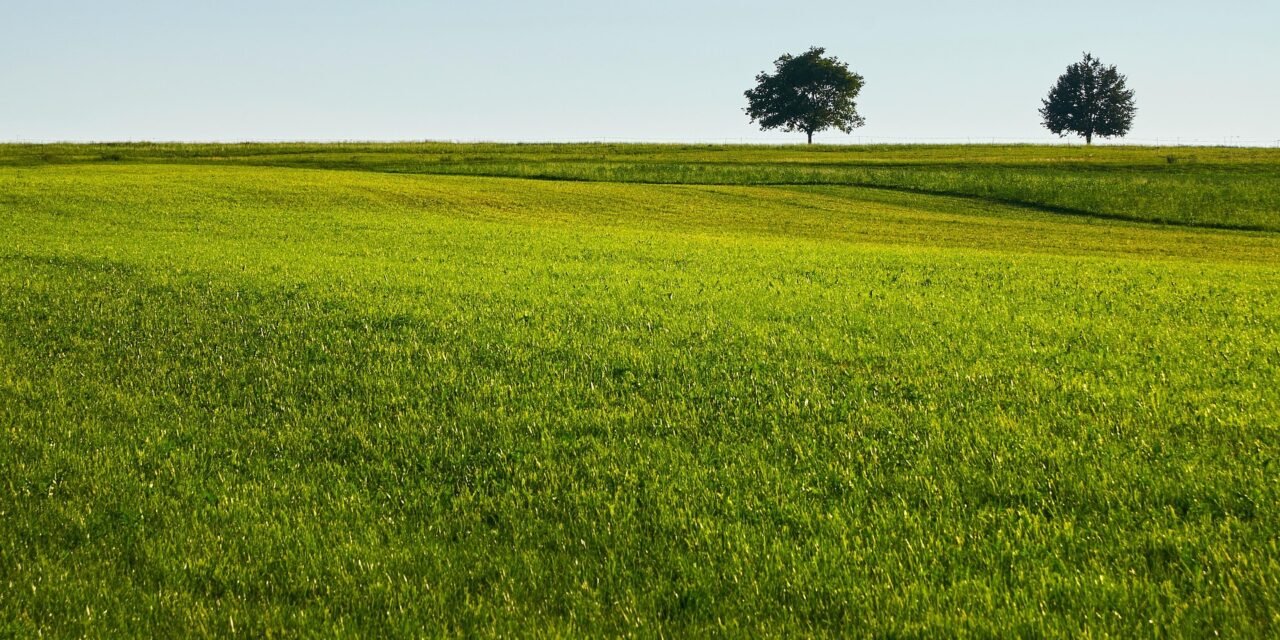The Role of Trees in Our Ecosystem
Trees play a fundamental role in maintaining the health and balance of our ecosystem. One of their most critical functions is air purification. Trees absorb carbon dioxide, a major greenhouse gas, during the process of photosynthesis. Through this natural mechanism, they release oxygen, thereby improving air quality and contributing to a healthier atmosphere. In urban environments, where pollution levels are typically higher, the presence of trees offers a valuable method to counteract air contaminants and enhance the breathing space for city dwellers.
Furthermore, trees significantly contribute to biodiversity support. They create habitats and serve as food sources for numerous species of flora and fauna. A mature tree can host an entire ecosystem, providing shelter and nourishment to birds, insects, mammals, and even fungi. This interdependence among species underscores the importance of trees in fostering a rich biodiversity that is essential for resilient ecosystems. The loss of tree cover can lead to a decline in species variety, which, in turn, jeopardizes the ecological balance.

Beyond their immediate benefits, trees also engage in regulating the climate by influencing local weather patterns. Through the process of transpiration, trees release water vapor into the atmosphere, which can lead to cloud formation and precipitation. Their presence helps to mitigate the effects of climate change by sequestering carbon in their biomass and soils. As we face increasing environmental challenges, understanding and appreciating the multifaceted roles trees play in our ecosystem becomes vital. Trees not only enhance our environment but also ensure the survival of countless species, illustrating the interconnectedness of life that trees help to facilitate.
Economic Benefits of Trees
Trees are often perceived merely as aesthetic features in landscapes; however, they play a crucial role in contributing to economic stability at both community and national levels. The value of timber is one of the most straightforward economic returns generated by trees. Sustainable forestry practices ensure that timber industries can thrive while maintaining ecological balance. Additionally, non-timber forest products such as nuts, fruits, and medicinal herbs provide alternative sources of income and employment for local communities, further emphasizing the multifaceted economic benefits associated with tree resources.
Moreover, urban greenery has been shown to significantly enhance property values. Studies indicate that homes located near parks or tree-lined streets can command higher prices than those in areas devoid of greenery. This increase in property value often leads to enhanced local tax revenues, which can be reinvested into community development and public services. The presence of trees not only beautifies neighborhoods but also creates an inviting atmosphere that attracts prospective homebuyers, thereby fostering economic growth in urban settings.
In addition to residential benefits, trees contribute to the economic fabric by attracting tourism. Many regions capitalize on the natural beauty and recreational opportunities provided by forests, parks, and natural reserves. Outdoor activities such as hiking, birdwatching, and camping draw visitors, leading to increased spending in local businesses, including hotels, restaurants, and retail shops. This influx of tourism can stimulate job creation and contribute to a more vibrant local economy. Further, as awareness about the importance of sustainable outdoor recreation grows, communities that prioritize tree conservation and urban forestry may find themselves at an advantage in attracting eco-conscious travelers.

In conclusion, the economic benefits associated with trees stretch beyond basic timber and non-timber products. By enhancing property values and fostering tourism and recreation, trees are integral to bolstering the economic viability of communities and nations alike. Their role in economic development is essential as societies strive to balance growth with environmental stewardship.
Trees as Climate Change Mitigators
Trees play a crucial role in the fight against climate change, acting as essential allies in mitigating its adverse effects on our environment. One of the primary functions of trees is their ability to absorb greenhouse gases, such as carbon dioxide, from the atmosphere. Through the process of photosynthesis, trees convert CO2 into oxygen while storing carbon in their biomass. A single mature tree can absorb approximately 48 pounds of CO2 annually, demonstrating the significant impact they can have in reducing overall atmospheric concentrations of this greenhouse gas.
Additionally, trees contribute to managing urban heat, a challenge that has become increasingly pronounced in densely populated areas. Urban heat islands, characterized by significantly higher temperatures than surrounding rural areas, can lead to excessive energy consumption and heat-related health issues. Vegetation, particularly trees, provides shade and cools the air through the process of evapotranspiration, thereby alleviating heat stress in urban environments. Incorporating more trees into city planning not only enhances the urban landscape but also plays an integral role in creating more sustainable cities.
Moreover, trees are vital for maintaining water cycles. They help to regulate rainfall and groundwater levels by intercepting precipitation and facilitating its gradual infiltration into the soil. This natural filtration system enhances water quality while reducing stormwater runoff, which can lead to erosion and flooding. Consequently, promoting reforestation and afforestation initiatives serves as a key strategy in combating global warming. These efforts not only restore degraded ecosystems but also enhance biodiversity, further supporting resilience against climate change. By prioritizing tree planting and conservation, communities can harness the substantial benefits trees offer in the ongoing struggle to mitigate climate change.
The Social and Psychological Impact of Trees
Trees play a pivotal role not only in environmental sustainability but also in enhancing social fabric and psychological well-being. Numerous studies have highlighted the multitude of benefits associated with green spaces, affirming their significant social value. In urban environments, where concrete landscapes dominate, the presence of trees can create a much-needed refuge, allowing individuals to find a sense of tranquility amidst the hustle and bustle of daily life. Research has shown that even short-term exposure to green spaces can alleviate stress levels, thereby promoting mental health.
Moreover, trees contribute to community cohesion. Parks and tree-lined streets serve as gathering places where individuals of diverse backgrounds can interact, fostering social ties and enhancing community engagement. The mere act of planting trees often brings neighborhoods together, providing a shared goal that encourages teamwork and collaboration. Such community initiatives not only beautify the area but also stimulate social interaction, creating a sense of belonging among residents.
Furthermore, studies suggest that spending time in green spaces can lead to improved cognitive function and emotional resilience. Natural environments have been linked to decreased symptoms of anxiety and depression, as the calming presence of trees can provide a restorative effect on the human psyche. Children who grow up near trees and green spaces tend to develop stronger emotional connections to nature, promoting lifelong environmental stewardship. With the growing urban population, it is paramount to acknowledge how essential tree coverage is to mental health and community well-being.
By recognizing the multifaceted contributions of trees—ranging from community building to enhancing psychological health—we can make a compelling case for the preservation and expansion of urban and rural tree coverage. The imperative is clear: trees are not merely an aesthetic addition to our environment; they are critical to our overall quality of life.







